In Osijek, Croatia, we got up when the sun raised in order to cross borders and continue our drive to Hungary. Dr. Sándor Bordács, LIFEGENMON Hungarian National focal point, arranged a great field trip to the forest nursery of Tolna. There, local employess of Gemenc forest enterprise gave us a warm welcome and offered us refreshments and local pies. János Veszeli, head of the Gemenc forest enterprise presented some general introduction for the forestry enterprise.
The country is divided into 22 forestry enterprises and Gemenc manages 39 thousand hectares, of which 34 thousand is forest area. The area is still being agriculturally used; problems can arise because the land is exposed to floods and tidal waves. The area is famous for its hunting value, with red deer and wild boar. We saw an ex situ clonal collection for autochthonous Populus nigra L., where they conserve 700 different poplar clones and provide the 40 best-rooting and growing clones. These clones are planted in a mixture across the whole protected area.
Mecsek forest enterprise was our next stop. Szőnyi János, director of the department welcomed us warmly and talked about the company organization and structure. We visited an extrazonal beech forest on a Northern exposed slope mixed with oaks and linden, 90-120 years old. The bedrock was limestone with Karst holes.
Our last stop for the day was at Boda, were a serious dieback in turkey oak (Quercus cerris) has been occurring since 2013. Biscogniauxia mediterannea, a parasitic fungus, causes the symptoms specifically on cerris section. White oaks (Quercus robur and petraea) have not been infected until now. Since the area was discovered (with LIDAR) to be a former fortress, and due to the detrimental conditions for forest trees, the whole area was excluded from the forest registry.
- fgfds
- hgdh
- jggh

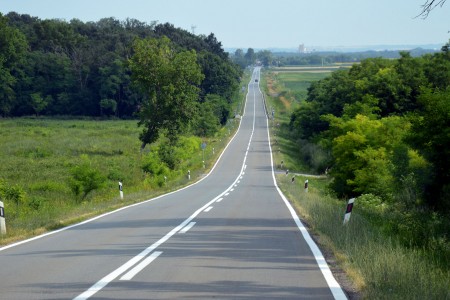
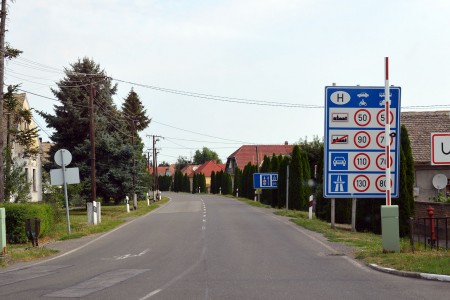
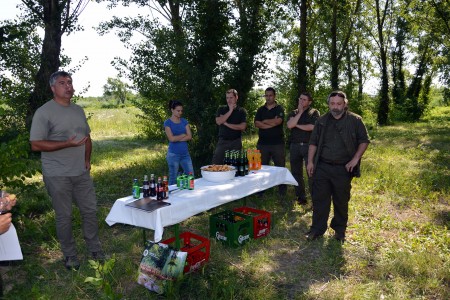
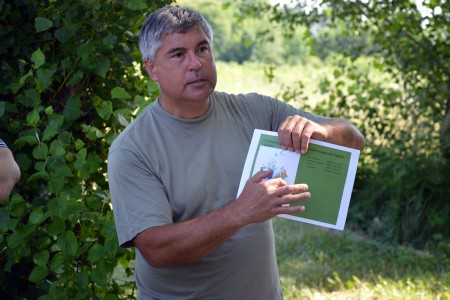
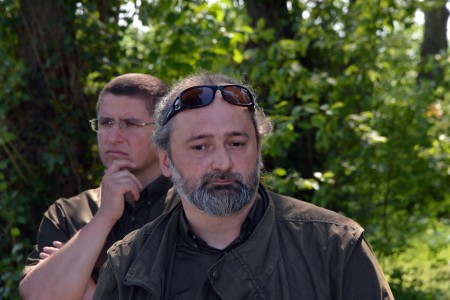
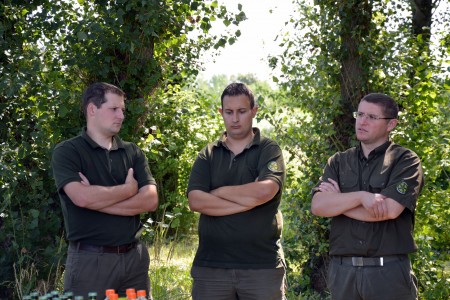
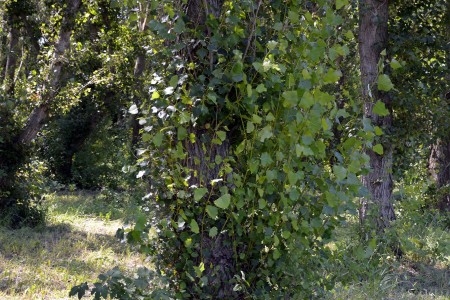
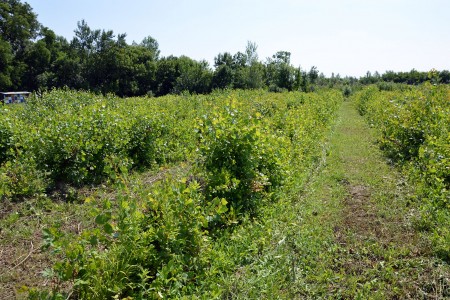
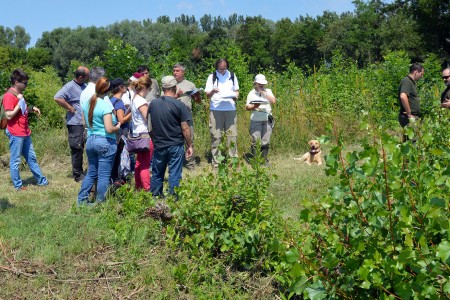
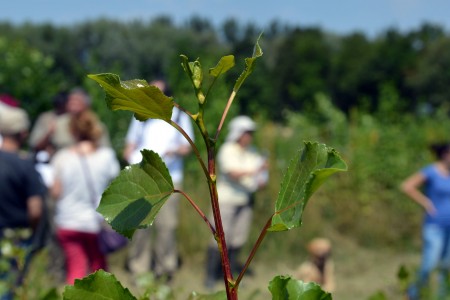
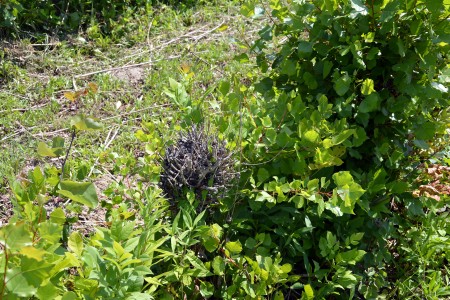
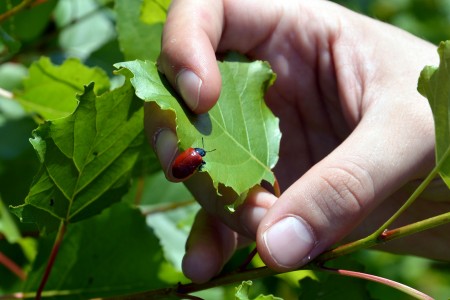
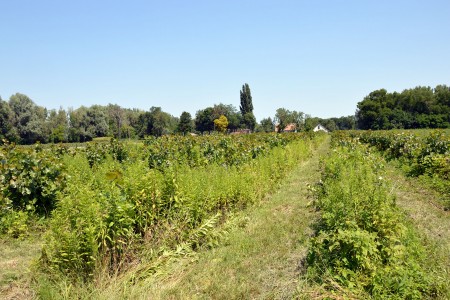
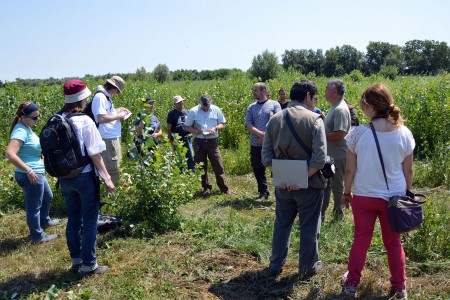
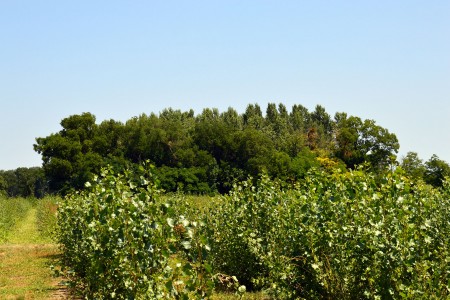
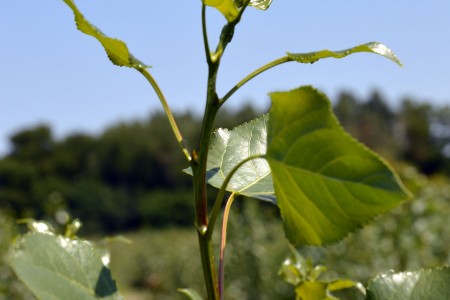
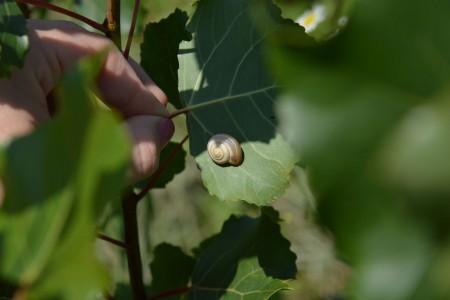
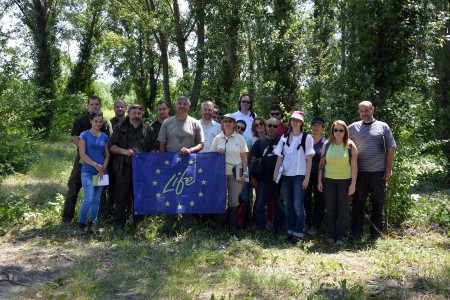
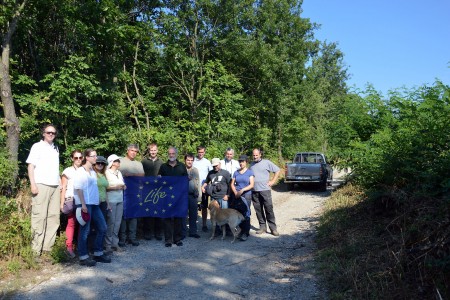
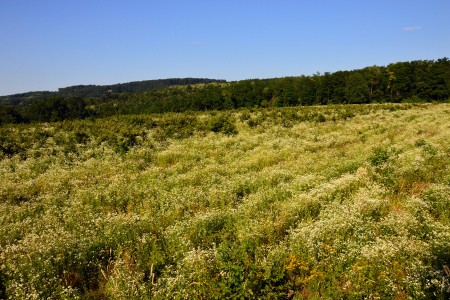
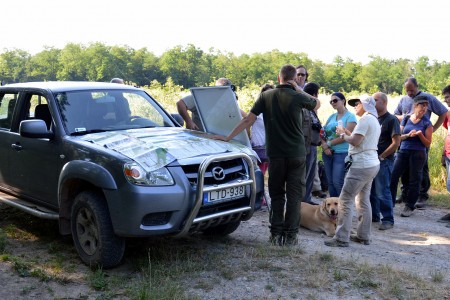
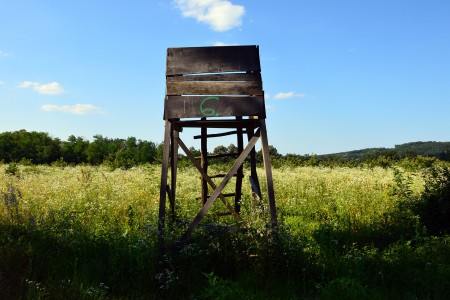
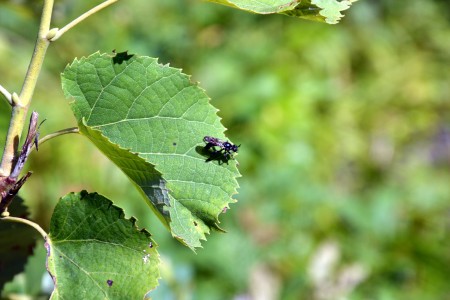
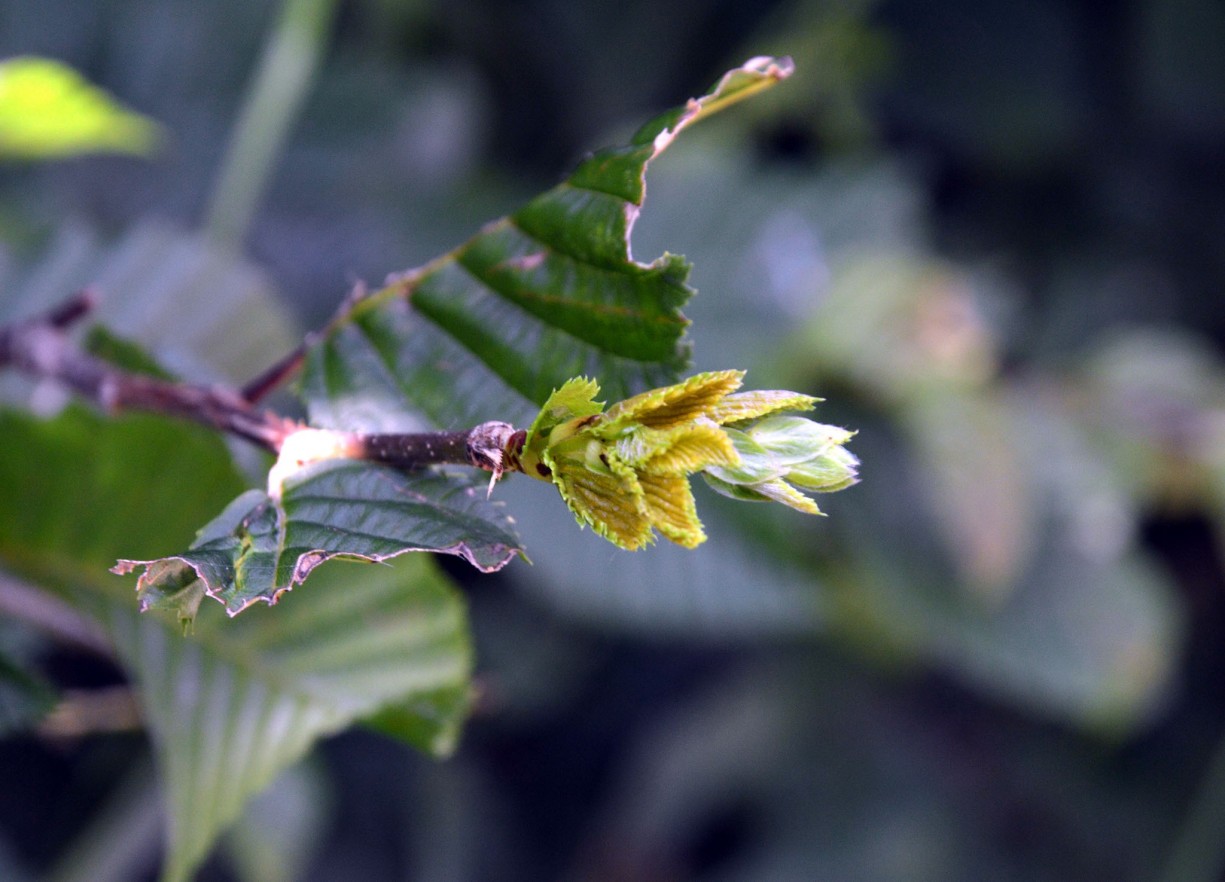
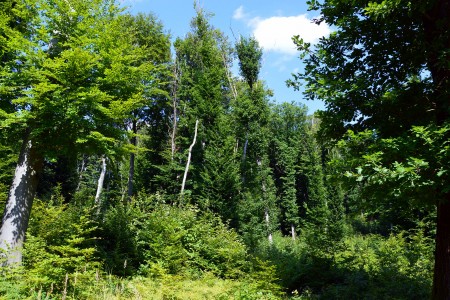
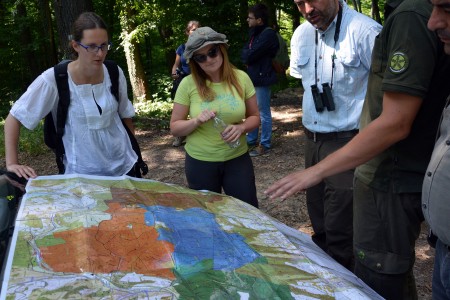
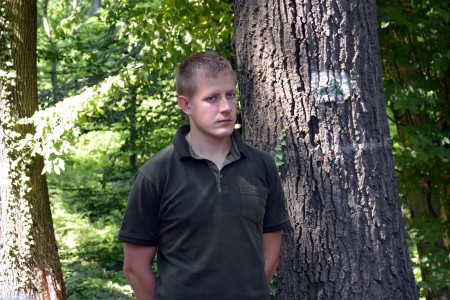
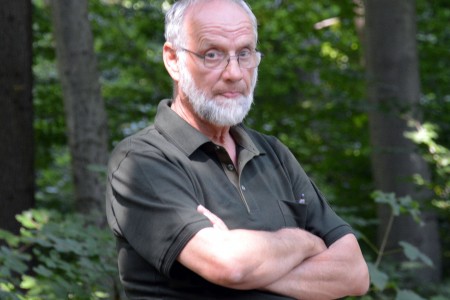
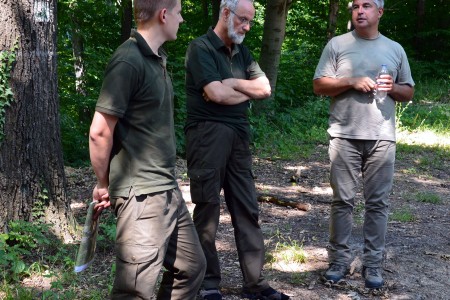
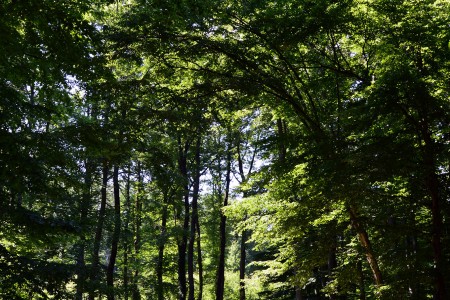
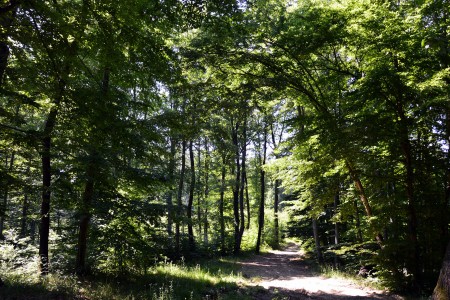
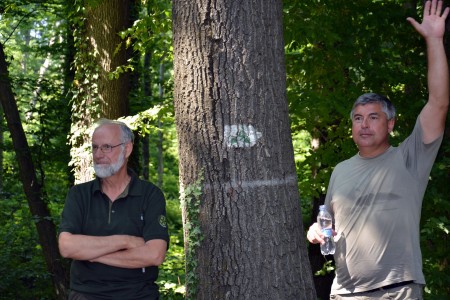











 Saving...
Saving...
Leave a Comment